Home>Articles>How To Protect Bathroom Vanity From Water Damage
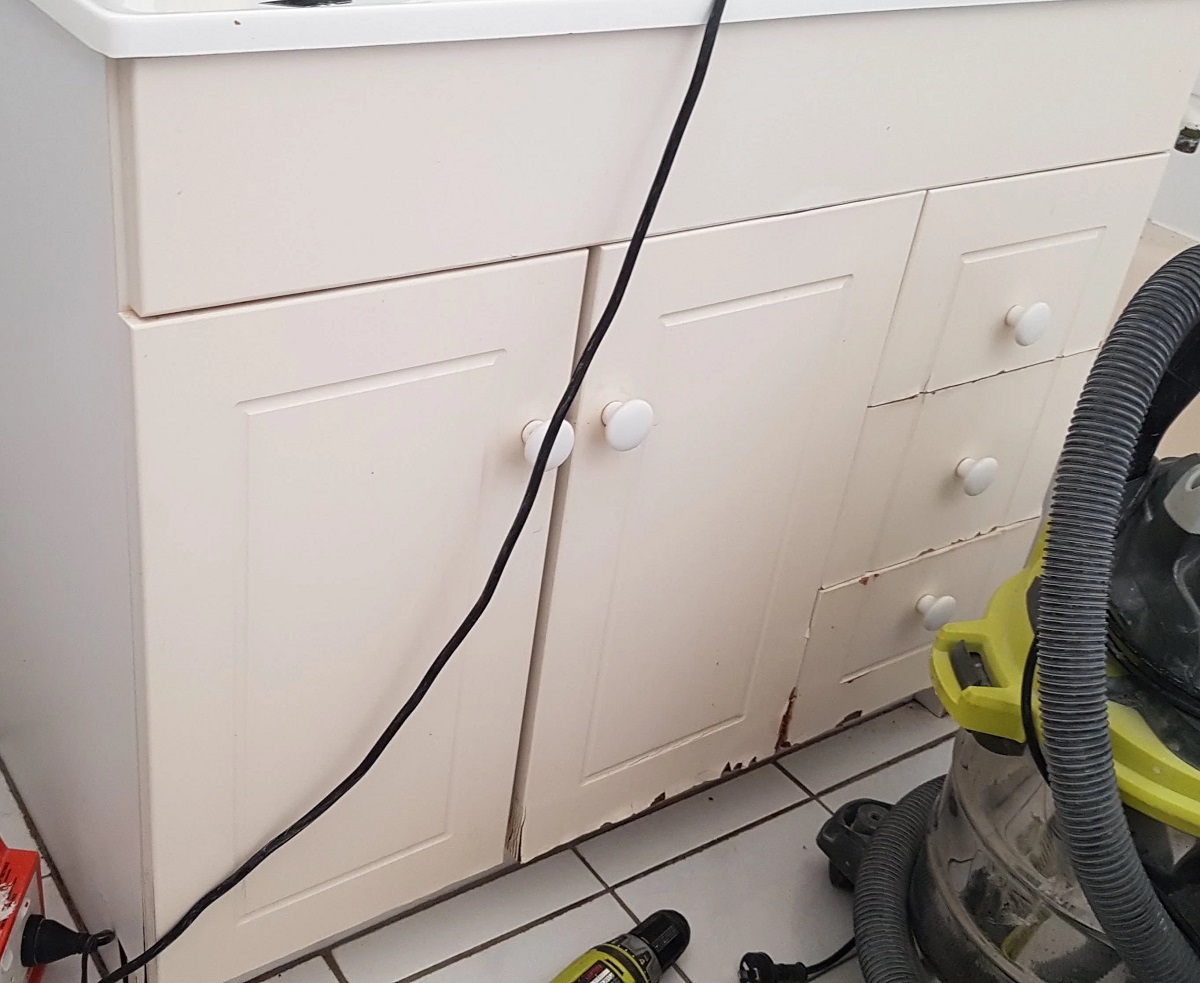

Articles
How To Protect Bathroom Vanity From Water Damage
Modified: December 7, 2023
Learn effective techniques and practical tips through our comprehensive articles on how to safeguard your bathroom vanity and prevent water damage.
(Many of the links in this article redirect to a specific reviewed product. Your purchase of these products through affiliate links helps to generate commission for Storables.com, at no extra cost. Learn more)
Introduction
Welcome to our comprehensive guide on how to protect your bathroom vanity from water damage. Your bathroom vanity is not only a functional space for storing toiletries and getting ready, but it also serves as a focal point in your bathroom’s overall design. As such, it is vital to take steps to safeguard it from potential water damage that can occur due to daily use.
Water damage can lead to costly repairs and compromise the structural integrity of your bathroom vanity. From warping of the wood to discoloration of the finishes, water damage can diminish the aesthetic appeal and functionality of your vanity. Fortunately, with a few preventive measures and regular maintenance, you can keep your bathroom vanity looking pristine for years to come.
In this guide, we will explore various strategies you can implement to protect your bathroom vanity from water damage. From choosing the right materials and sealants to simple maintenance routines, we’ll cover everything you need to know to maintain the longevity and beauty of your vanity.
So, let’s dive in and discover how you can effectively safeguard your bathroom vanity from water damage!
Key Takeaways:
- Choose a bathroom vanity made from water-resistant materials and apply a waterproof sealant to protect it from water damage. Regular maintenance and proper ventilation are key to maintaining its longevity and beauty.
- Installing a clear glass shower door and a backsplash can effectively shield your bathroom vanity from water damage. Regular maintenance, prompt leak repairs, and gentle cleaning practices are essential for preserving its functionality and aesthetic appeal.
Understanding the Risks of Water Damage
Before we delve into the preventive measures, it’s important to understand the risks associated with water damage to your bathroom vanity. Water damage can occur in several ways, including:
- Direct Water Exposure: Constant exposure to water from faucets, spills, and splashes can lead to damage over time. The moisture can seep into the wood, causing warping and discoloration.
- Humidity: High levels of humidity in the bathroom can create a damp environment, promoting the growth of mold and mildew. This can also lead to the deterioration of the vanity’s materials.
- Standing Water: If there are leaks in the plumbing or the bathroom has poor drainage, standing water can accumulate around the vanity. This stagnant water can cause serious damage to the vanity structure as well as promote mold growth.
Now that we understand the risks, let’s explore the preventive measures you can take to protect your bathroom vanity from water damage.
Choosing the Right Bathroom Vanity
When it comes to protecting your bathroom vanity from water damage, selecting the right materials is essential. Opting for materials that are durable and resistant to water can significantly prolong the lifespan of your vanity. Here are some factors to consider when choosing the right bathroom vanity:
- Water-Resistant Materials: Look for bathroom vanities made from water-resistant materials such as solid wood, engineered wood, or moisture-resistant MDF (medium-density fiberboard). These materials are less prone to warping and damage from constant exposure to moisture.
- Waterproof Finishes: Ensure that the vanity has a waterproof finish applied to the surfaces. This protective layer helps to repel water and prevent it from seeping into the underlying materials.
- Sealed Edges: Check if the edges of the vanity are properly sealed to prevent water from seeping into the core of the material. Unsealed edges can absorb moisture and lead to swelling and damage over time.
Additionally, consider the design and layout of your bathroom. Opt for vanities that have ample storage space and proper positioning to prevent water from splashing directly onto them. This can help minimize the risk of water damage and make maintenance easier.
By choosing a bathroom vanity that is specifically designed to withstand water exposure, you’re taking a proactive step in protecting it from potential damage. Now, let’s move on to the next preventive measure: applying waterproof sealant.
Applying Waterproof Sealant
One effective way to protect your bathroom vanity from water damage is by applying a waterproof sealant. This can help create a barrier that prevents water from penetrating the surfaces and causing damage. Here’s how you can apply waterproof sealant to your vanity:
- Clean and dry the surfaces: Before applying the sealant, make sure the vanity surfaces are clean and dry. Remove any dust, dirt, or residue using a mild cleaner and allow the vanity to dry completely.
- Select a suitable sealant: Choose a high-quality waterproof sealant that is designed for the materials of your vanity. Consult with the manufacturer or a hardware store professional to ensure you’re using the right product.
- Apply the sealant: Follow the instructions on the sealant packaging. Typically, you’ll need to apply the sealant with a brush or roller, ensuring even coverage across the vanity surfaces. Pay special attention to the edges and seams where water may seep in.
- Allow for drying and curing time: Give the sealant sufficient time to dry and cure. This may take a few hours or days, depending on the type of sealant. Avoid using the vanity until the sealant is fully cured to ensure maximum protection.
Remember to reapply the sealant periodically, as recommended by the manufacturer. Over time, the sealant may wear off or lose its effectiveness, so regular maintenance is crucial.
By applying a waterproof sealant, you’re adding an extra layer of protection to your bathroom vanity and minimizing the risk of water damage. Next, let’s explore another preventive measure: using a clear glass shower door.
To protect your bathroom vanity from water damage, make sure to seal any exposed wood with a waterproof sealant. This will help prevent warping and deterioration caused by water exposure.
Using a Clear Glass Shower Door
An often overlooked but effective way to protect your bathroom vanity from water damage is by installing a clear glass shower door. This not only adds an elegant touch to your bathroom but also acts as a barrier to prevent water from splashing onto the vanity. Here’s how a clear glass shower door can help:
- Containment of water: A clear glass shower door helps to contain the water within the shower area, minimizing the likelihood of water reaching the vanity. It creates a barrier that prevents water from splashing or spraying onto the vanity surfaces.
- Easier cleanup: With a glass door, it’s easier to clean up any water spills or splashes that may occur during showering. Simply wipe down the glass surface with a squeegee or towel to keep the area dry and prevent water from reaching the vanity.
- Improved ventilation: A glass shower door allows for better ventilation in the shower area, reducing moisture buildup. Adequate ventilation helps to control humidity levels and prevents excessive moisture from damaging the vanity.
When choosing a clear glass shower door, opt for one that is made of high-quality tempered glass. This type of glass is more resistant to impacts and less likely to shatter, ensuring safety in your bathroom.
Remember to keep the glass door clean and free of water spots or soap scum to maintain its effectiveness in protecting your vanity. Regularly wipe down the glass with a glass cleaner and soft cloth to keep it in optimal condition.
By utilizing a clear glass shower door, you’re creating a physical barrier that shields your bathroom vanity from water damage. Now, let’s explore another protective measure: installing a backsplash.
Read more: How To Remove Stains From Vanity Top
Installing a Backsplash
Installing a backsplash is a practical and visually appealing way to protect your bathroom vanity from water damage. A backsplash is a vertical surface that is typically installed behind the sink, acting as a barrier to prevent water from reaching the walls and vanity. Here’s why installing a backsplash is beneficial:
- Water resistance: Backsplashes are often made from materials that are inherently water-resistant such as tile, stone, or glass. These materials can withstand exposure to water and prevent it from seeping into the walls or vanity, protecting them from damage.
- Easier cleanup: A backsplash provides a smooth and easily cleanable surface. It serves as a protective shield, so any water splashes or spills can be quickly wiped away without affecting the vanity or wall surfaces.
- Aesthetic appeal: Backsplashes come in a variety of designs, colors, and patterns, allowing you to enhance the visual appeal of your bathroom. They provide an opportunity to add a decorative element that complements your vanity and overall bathroom design.
When selecting a backsplash, consider the material that best suits your needs and preferences. Tile backsplashes are popular choices due to their durability and versatility. You can also opt for natural stone or even acrylic backsplashes that offer a sleek and modern look.
Ensure that the backsplash is properly installed, with tight seals and grouting, to prevent water from seeping behind it. Regularly inspect the backsplash for any signs of damage or deterioration and address them promptly to maintain its effectiveness in protecting your vanity.
By installing a backsplash, you’re adding an extra layer of defense against water damage and elevating the style of your bathroom. Now, let’s move on to regular maintenance and cleaning to keep your vanity in top condition.
Regular Maintenance and Cleaning
Regular maintenance and cleaning are crucial to keep your bathroom vanity in pristine condition and prevent water damage. By following these maintenance tips, you can ensure the longevity and functionality of your vanity:
- Wipe up spills promptly: Whenever you notice any water spills or splashes on your vanity, wipe them up immediately with a soft, dry cloth. This prevents water from seeping into the wood or finishes and causing damage.
- Use mild cleaners: When cleaning your vanity, avoid harsh chemicals that can strip away the protective finishes. Instead, use mild cleaners that are specifically designed for the materials of your vanity. Be sure to follow the manufacturer’s recommendations for cleaning products.
- Avoid abrasive materials: Do not use abrasive materials, such as scrub brushes or rough sponges, on your vanity surfaces. These can scratch or damage the finishes, making them more susceptible to water damage. Instead, opt for gentle cleaning tools like microfiber cloths or soft-bristle brushes.
- Maintain proper ventilation: Ensure that your bathroom has adequate ventilation to control humidity levels. Use exhaust fans or open windows during and after showering to allow excess moisture to escape. Adequate ventilation helps to prevent the growth of mold and mildew and reduces the risk of water damage.
- Inspect for leaks: Regularly check the plumbing and faucets in your bathroom for any signs of leaks. Leaks can lead to water pooling around the vanity, causing damage over time. If you detect any leaks, promptly repair them to prevent further water damage.
By following these maintenance practices and incorporating them into your routine cleaning, you can prolong the lifespan of your bathroom vanity and minimize the risk of water damage.
Now that you’re equipped with the knowledge of how to protect your bathroom vanity from water damage, you can confidently take the necessary steps to ensure its longevity and beauty. Implement these preventive measures, perform regular maintenance, and enjoy your bathroom vanity in its optimal condition for years to come. Remember, a well-protected vanity not only enhances the functionality of your bathroom but also adds a touch of elegance to the space.
Conclusion
Protecting your bathroom vanity from water damage is essential to maintain its functionality, aesthetic appeal, and overall longevity. By implementing the preventive measures outlined in this guide, you can ensure that your vanity remains in optimal condition for years to come. Remember the key steps:
- Choose a bathroom vanity made from water-resistant materials and with waterproof finishes.
- Apply a waterproof sealant to provide an additional layer of protection.
- Install a clear glass shower door to contain water and improve ventilation.
- Install a backsplash to protect the vanity and add a decorative element.
- Regularly maintain and clean the vanity, wiping up spills promptly and using mild cleaners.
- Maintain proper ventilation in the bathroom to control humidity levels.
- Regularly inspect for leaks and promptly address them to prevent water damage.
By following these steps and incorporating them into your bathroom maintenance routine, you can prevent water damage and keep your vanity looking and functioning at its best.
Remember, prevention is key when it comes to protecting your bathroom vanity from water damage. Take the necessary precautions, perform regular maintenance, and address any issues promptly to avoid costly repairs and maintain the beauty of your vanity for years to come.
Now, armed with this knowledge, go ahead and take the necessary steps to protect your bathroom vanity. Enjoy a beautiful, functional, and water damage-free vanity in your bathroom!
Frequently Asked Questions about How To Protect Bathroom Vanity From Water Damage
Was this page helpful?
At Storables.com, we guarantee accurate and reliable information. Our content, validated by Expert Board Contributors, is crafted following stringent Editorial Policies. We're committed to providing you with well-researched, expert-backed insights for all your informational needs.
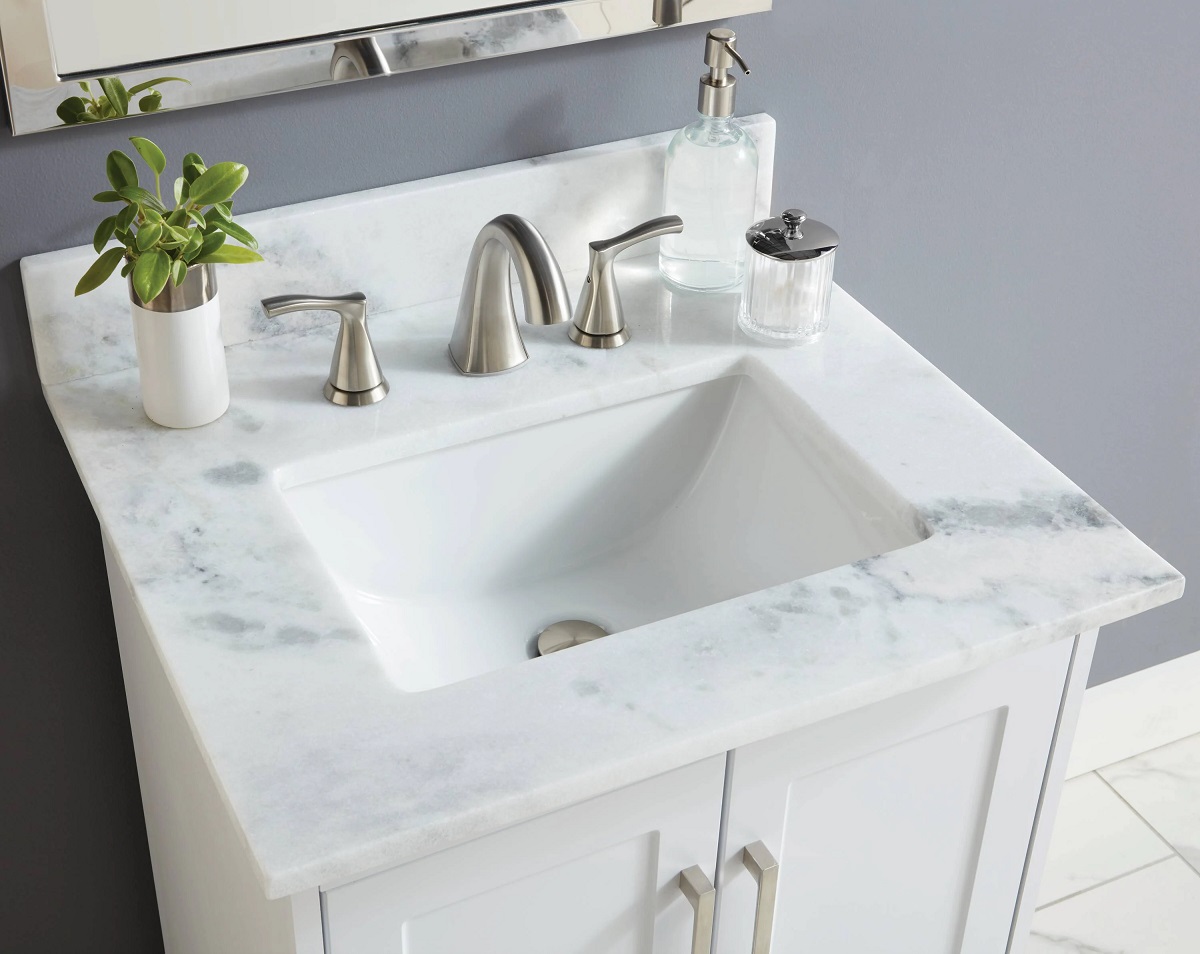
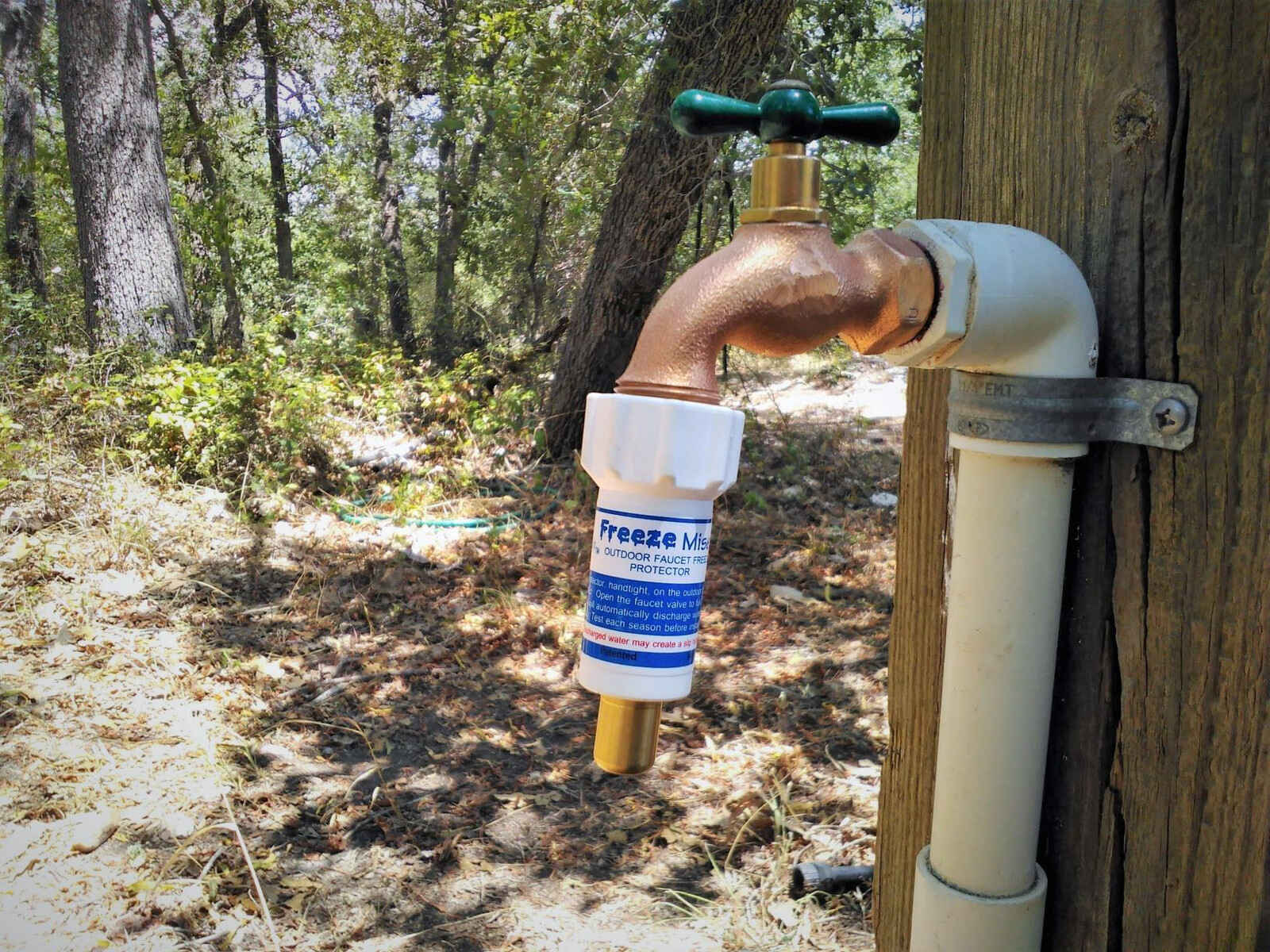

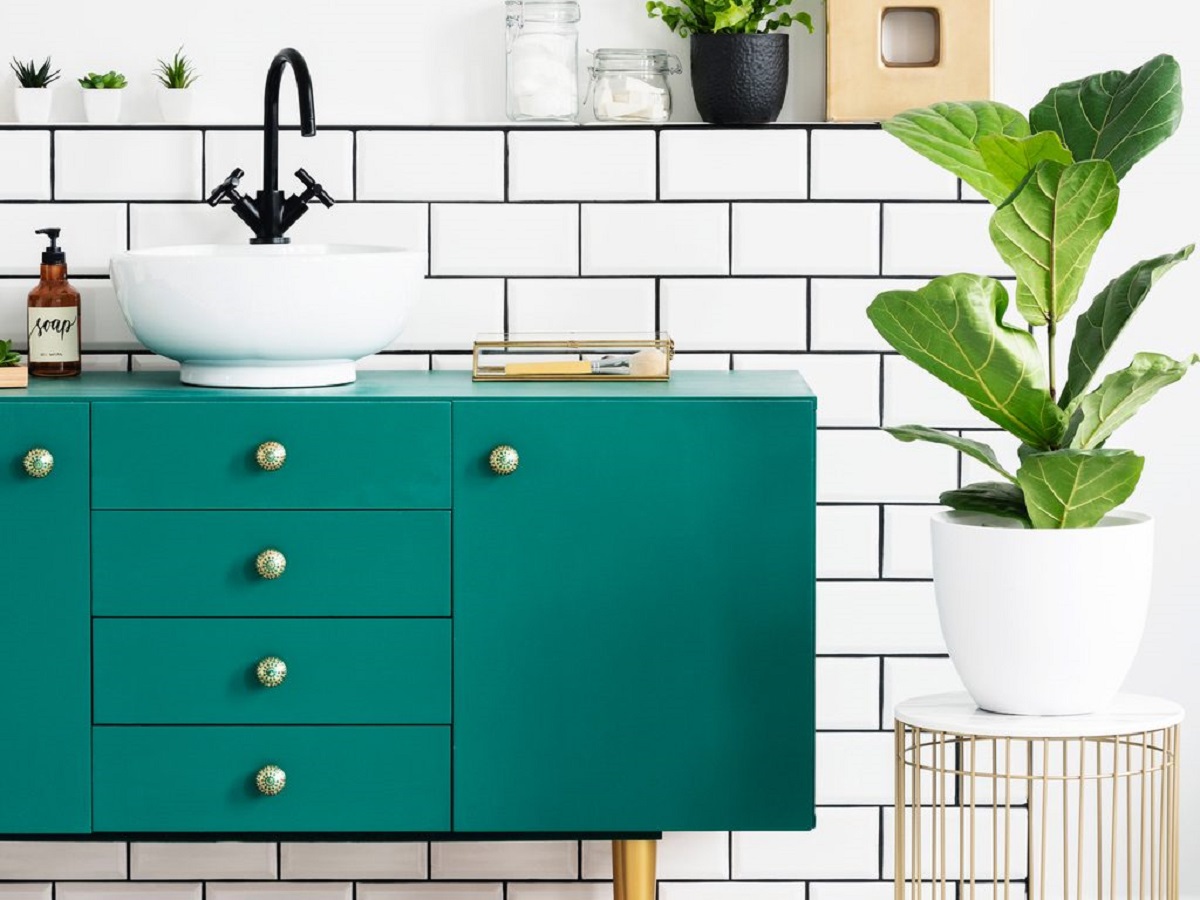
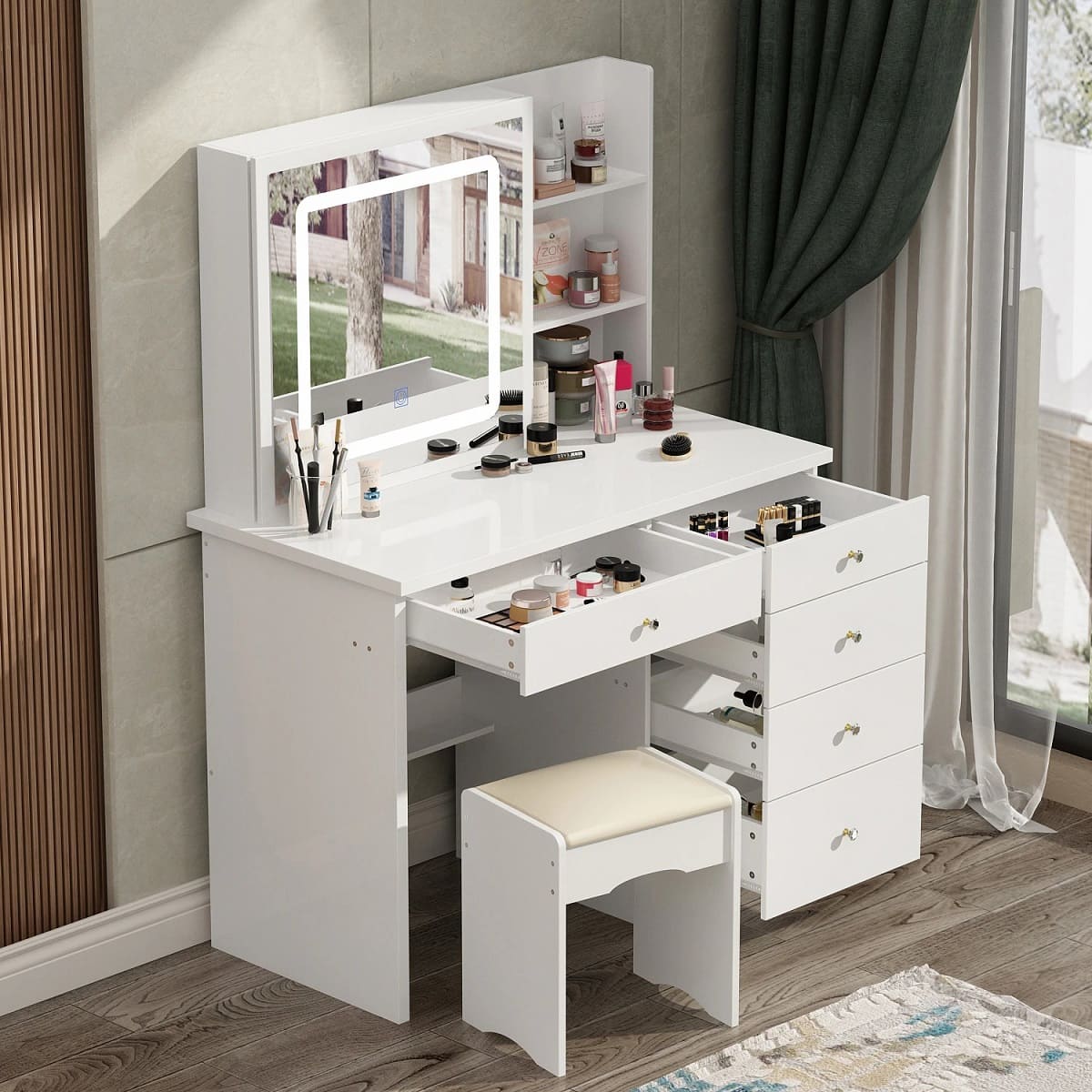
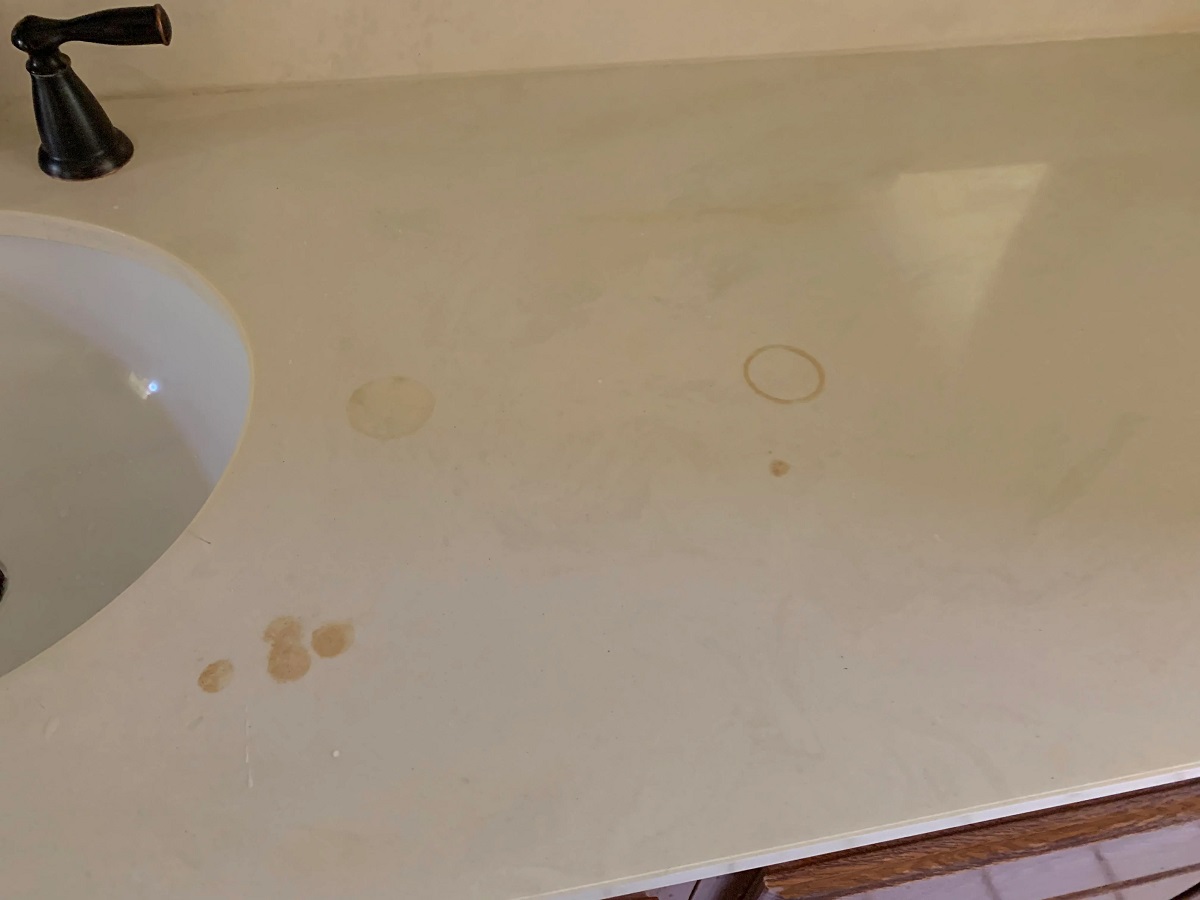
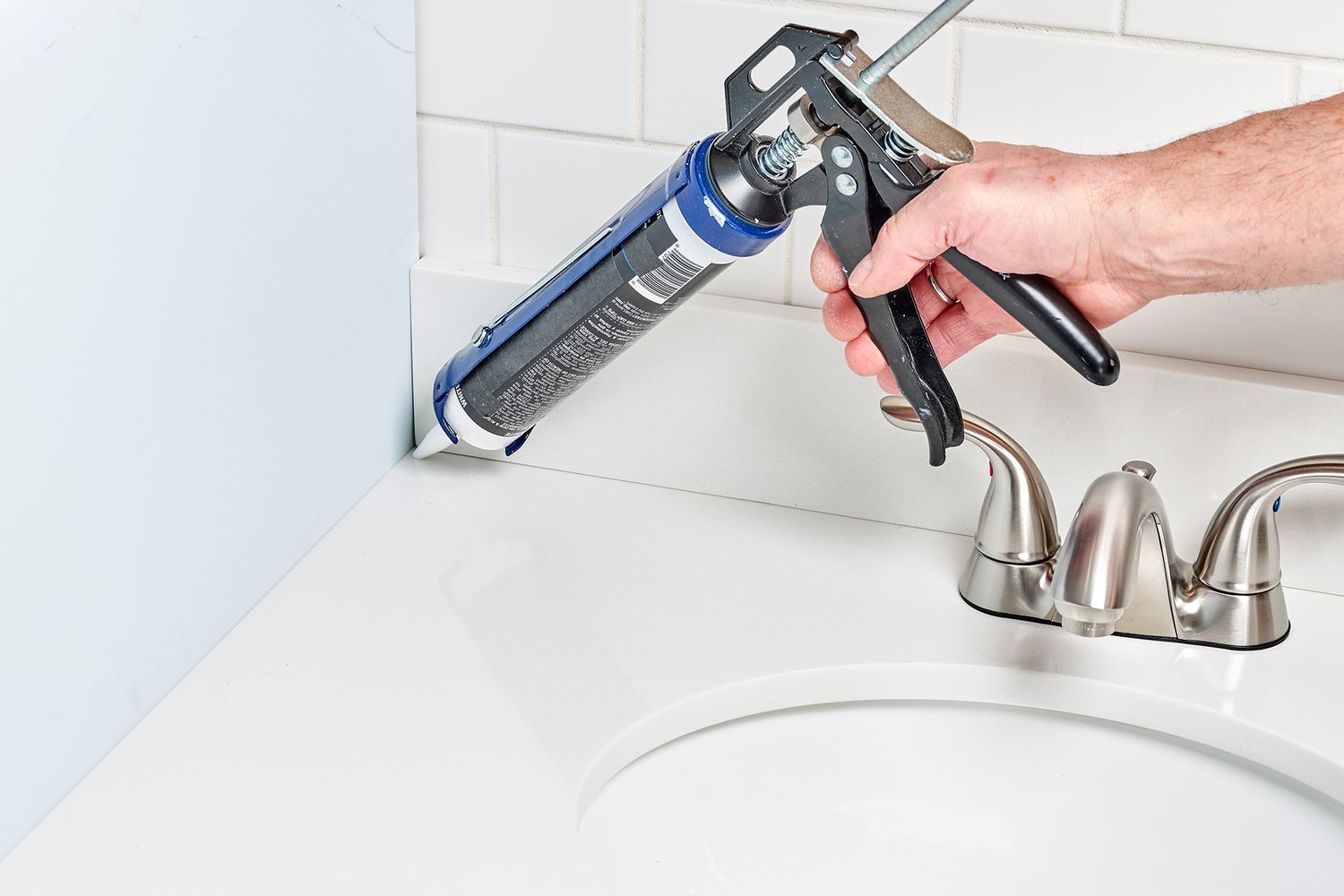
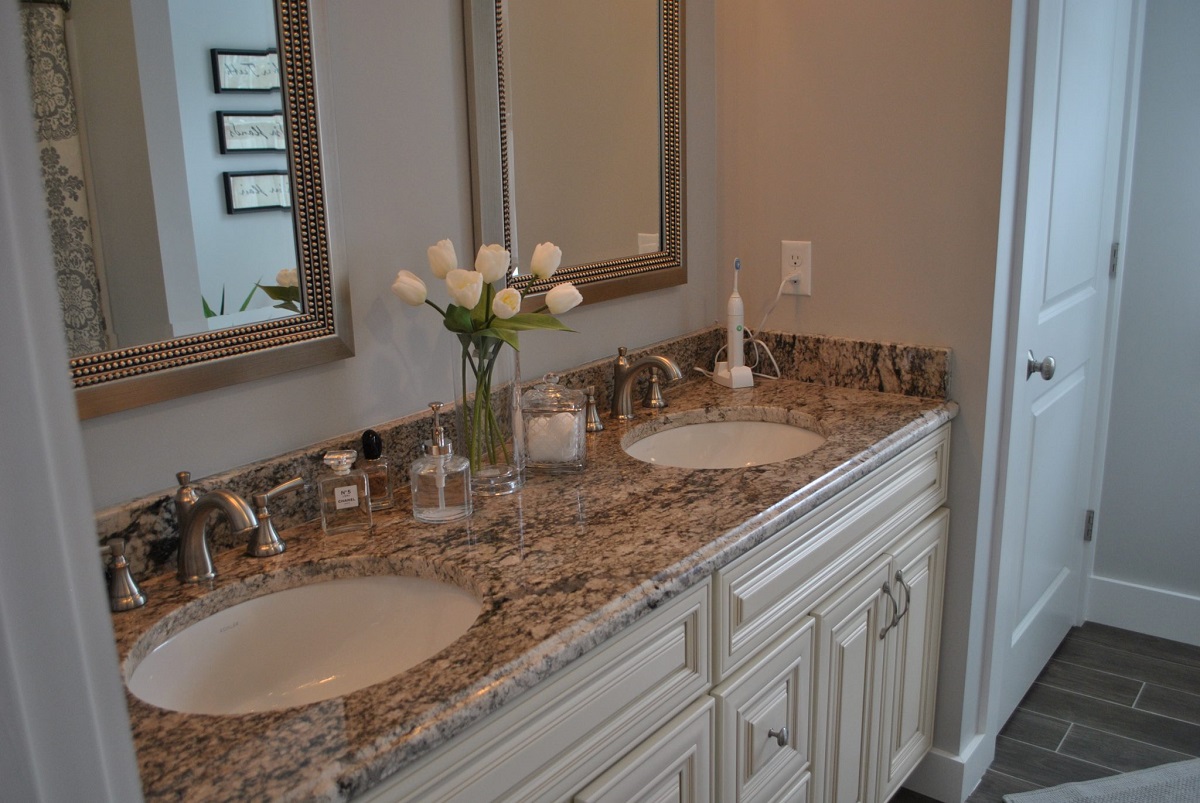
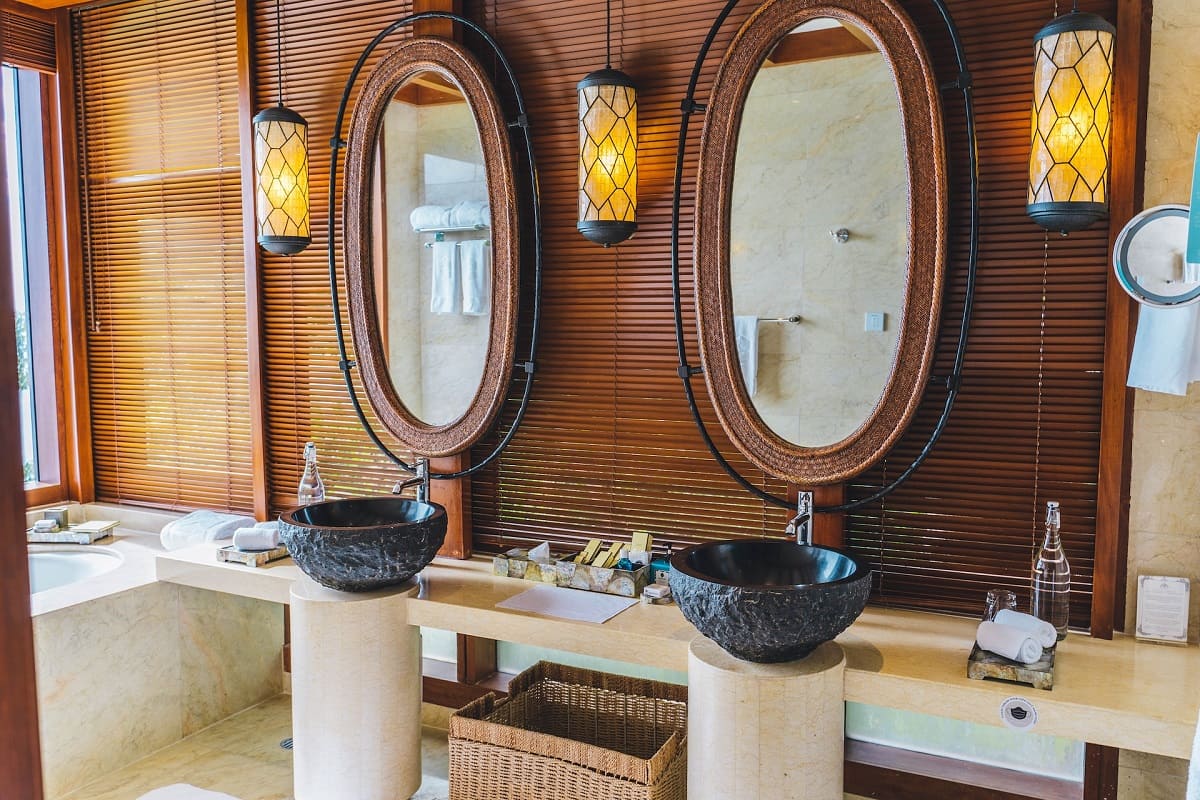
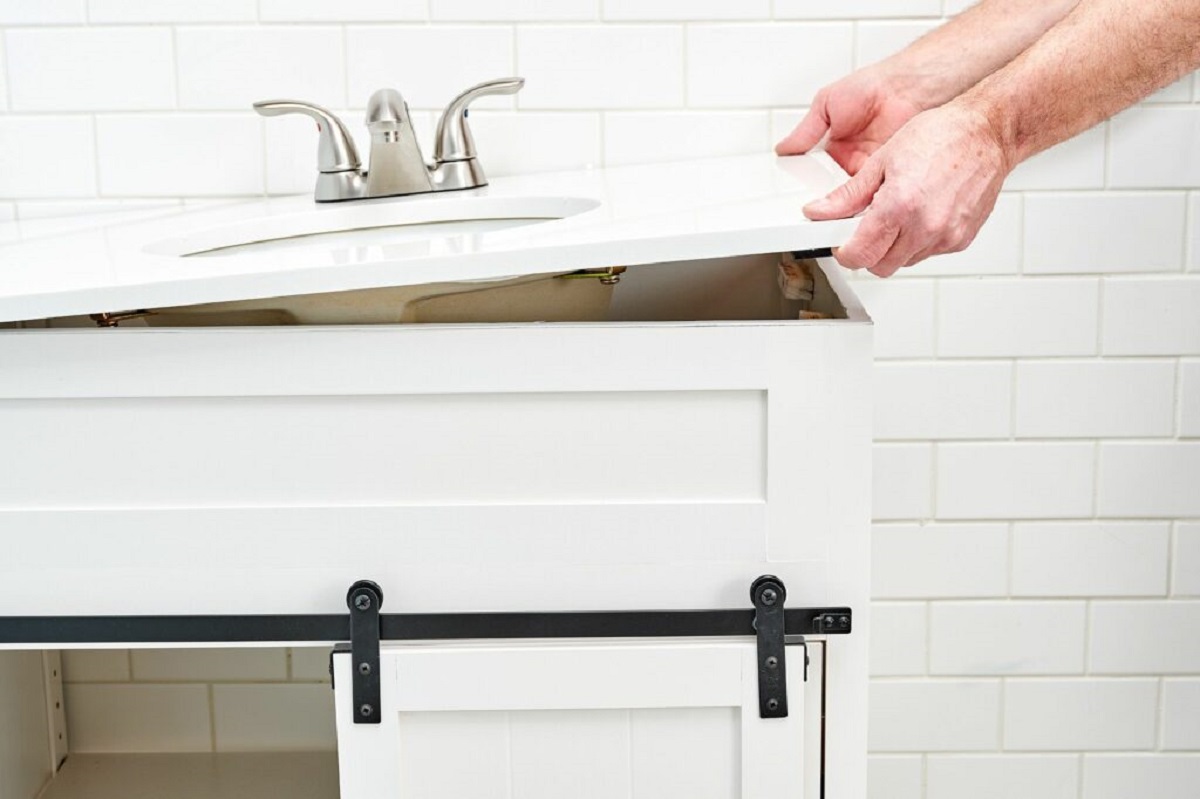
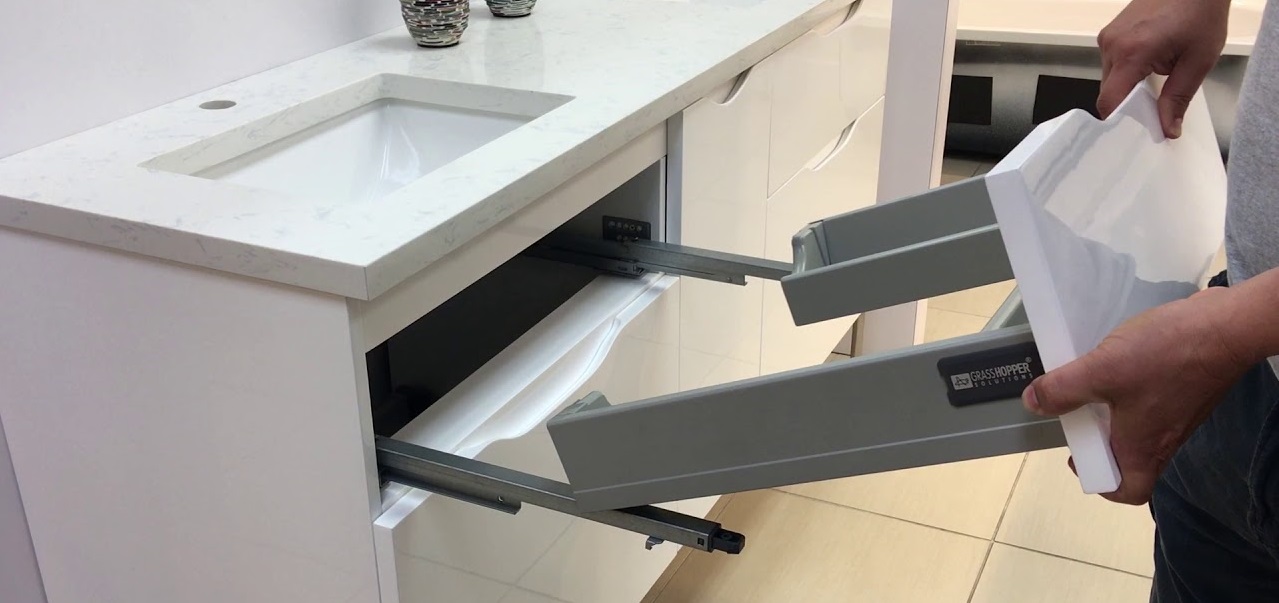

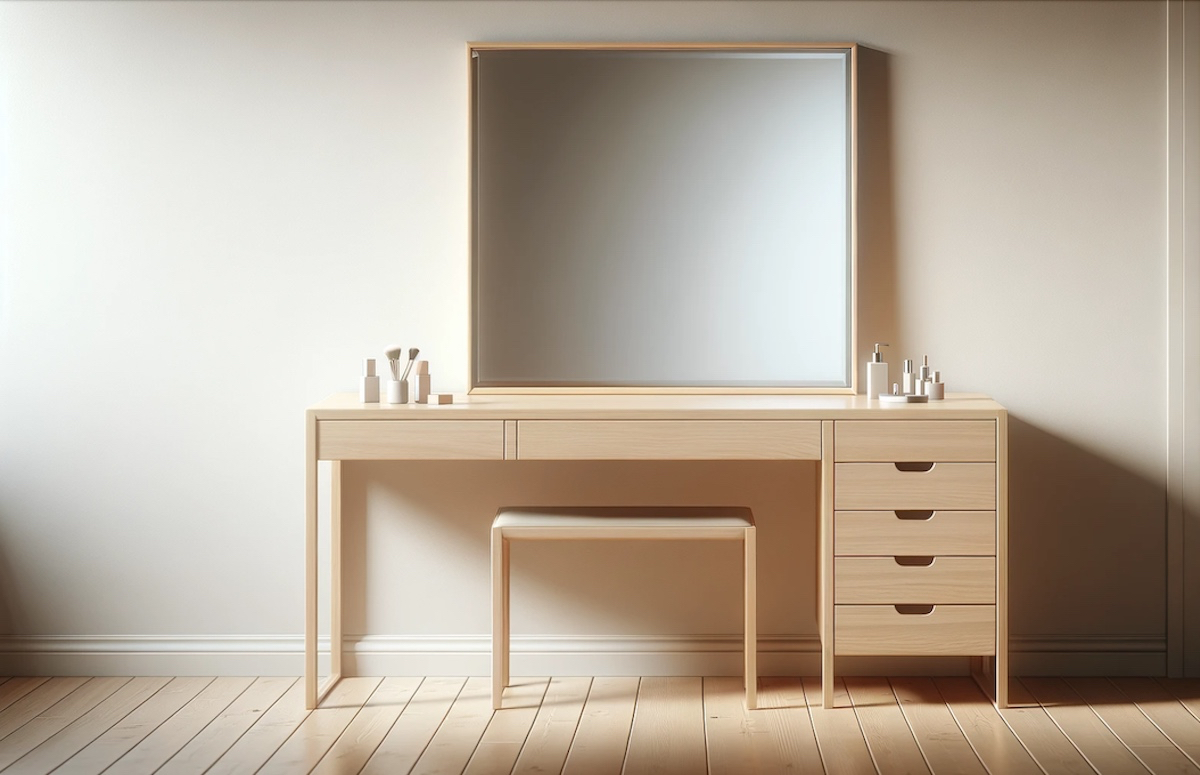
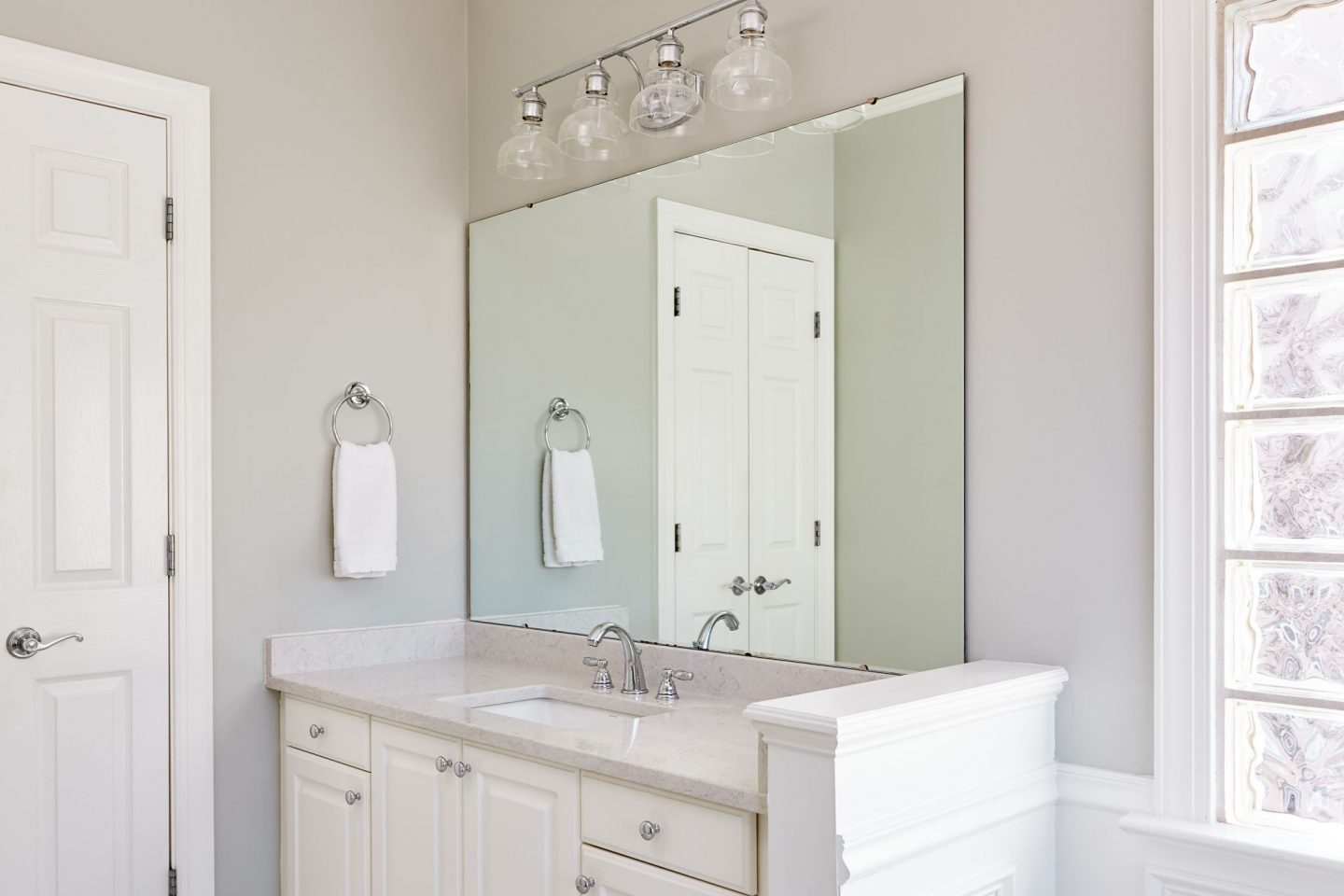

0 thoughts on “How To Protect Bathroom Vanity From Water Damage”